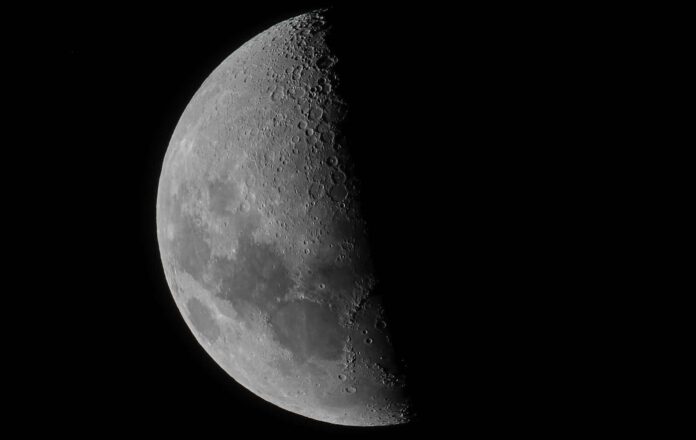
Human Impact on the Moon: Entering the ‘Lunar Anthropocene’
Research suggests that it is high time to designate a new geological epoch for the moon, called ‘Lunar Anthropocene’, in response to the considerable human-generated waste now littering our natural satellite.
The First Landing
On September 13, 1959, a Russian unmanned spacecraft named Luna 2 successfully landed on the moon. This marked a significant premiere, as it was the first time a human-made space probe ever touched down on the lunar surface intact. Since that historic event, over one hundred other spacecraft, both manned and unmanned, have made contact with the moon, with various outcomes; some landed gracefully, while others crashed. It is an undeniable fact that these human activities have forever changed the landscape of the moon, hence the endorsement of the term ‘Lunar Anthropocene’ by experts to describe this new epoch.
The Lunar Anthropocene
Anthropologists and geologists argue that the moon has been in the Lunar Anthropocene since the late 1950s. This period signifies when human activities started to significantly alter the moon. They propose that this new epoch should be officially recognized. “The concept closely resembles the discussion of the Anthropocene on Earth,” says lead author Justin Holcomb. “Most people agree that the Earth’s Anthropocene began at some point in the past, possibly very long ago or perhaps in the 1950s. Similarly, we argue that the Lunar Anthropocene has already begun.”
Debunking the Invariant Moon Myth
Holcomb hopes that the concept of the Lunar Anthropocene can shed light on the common misunderstanding that the moon is a static body relatively unaltered by human activities. “The impact of human activities on the lunar surface is arguably greater than the natural geological changes,” Holcomb emphasises. “These human activities include disturbing the moon’s dust, known as ‘regolith’, a process generally triggered by events such as meteorite impacts. However, lunar rovers, landing vehicles, and other human activities have also significantly perturbed the lunar regolith.”
Space Waste
The ‘leave no trace’ principle familiar to nature enthusiasts does not seem to apply to the moon. As a result, our natural satellite is now littered with countless parts of spacecraft, bags of human excrement, scientific equipment, flags, golf balls, photographs, and even religious texts.
Future of the Moon
Despite the considerable human impact already exerted on the moon, it is far from over. Upcoming missions and projects will significantly alter the moon’s appearance. “With the rise of the new space race, the lunar landscape will look entirely different in 50 years from now,” Holcomb predicts. “Various nations will be involved, which poses several challenges. Our aim is to dispel the idea of the moon as an unchangeable entity and highlight the influence we have had, not only in the past but also presently and into the future. Our goal is to initiate conversations about our impact on the moon before it’s too late.”
Environmental Impact
Holcomb and his team intend to use the concept of the Lunar Anthropocene to draw attention to the potential adverse environmental effects of human activities on the moon. ‘We know that the moon has no atmosphere or magnetosphere, but it has a delicate dust and gas exosphere, and ice exists in permanently shadowed areas. Both can be compromised by exhaust gases. Future mission planners should seriously consider ways to reduce the harmful environmental impacts on the lunar environment,’ the researchers write in their study.
Raising Awareness
The researchers also hope to raise awareness about the vulnerability of certain lunar sites with historical and anthropological value, currently unprotected by legislation or policy. “With the idea of a Lunar Anthropocene, we want people to become more aware and think about how we affect the lunar surface, and also consider our role in preserving historical artifacts,” says Holcomb. This includes better protection and cataloguing of certain human artifacts on the moon, such as rovers, flags, golf balls, and even footprints.
In conclusion, Holcomb and his team are advocating for the official recognition of the Lunar Anthropocene. However, when this will happen cannot be predicted. The debate about whether we are in the Anthropocene epoch on Earth, for instance, has been ongoing for over a decade. The acceptance of the idea of a Lunar Anthropocene might take time as well. Regardless, Holcomb remains confident in the validity of the concept.











